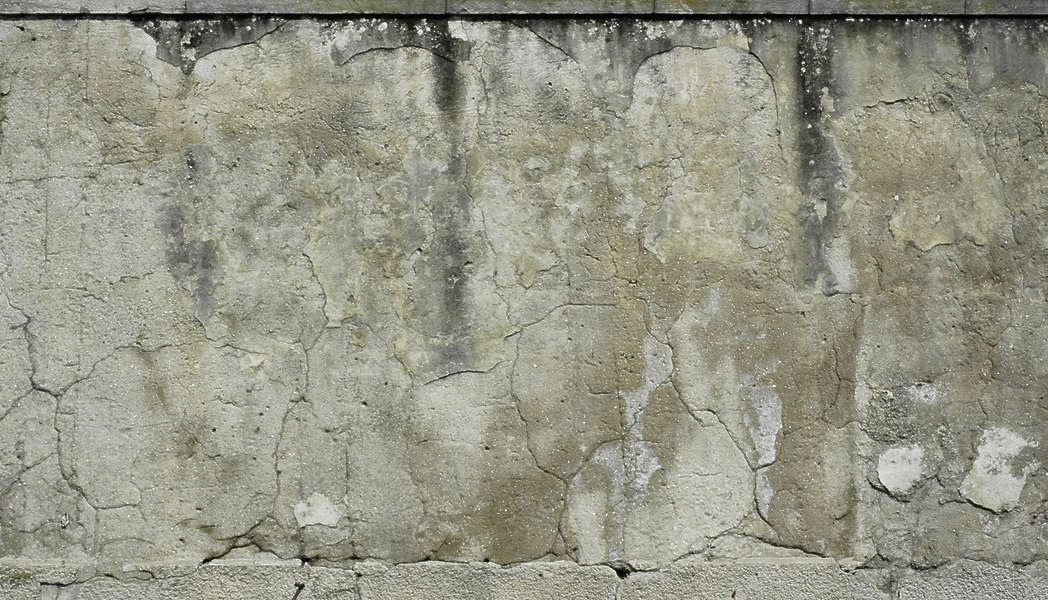

Use a steam stripper to remove stubborn coatings, being careful not to allow steam to penetrate the plaster.Apply warm water or proprietary wallpaper stripper with a sponge or brush.Gently use a scraper but avoid scoring through the surface into the plaster.Always undertake a test first on a small unobtrusive area.When removing, proceed with care and be aware that wallpaper may be acting as a support to defective plaster underneath. Wallpapers, paints and other finishes can spoil the appearance of plaster surfaces and may trap moisture. Where the bond with laths has failed, reinforce by pouring fresh plaster from above and strengthening with a jute scrim set into this and secured to the joists.Always use screws for any fixings to avoid vibrations to fragile ceilings.Investigate from above if access is available from a loft or by carefully lifting floorboards.

Problems with ceilings frequently result from the plaster bond having failed, structural movement, failure of joists, damp problems and rotten or beetle-infested laths.
PLASTER WALL CRACKED
Removing a loose section of old lime plaster Mending sagging or cracked ceilings Alternatively, gypsum may sometimes be added to a lime plaster mix for the same purpose.
PLASTER WALL PATCH

PLASTER WALL CODE
It also sounds like metal lath is code for new plaster walls for substrate but the from the lime plaster products I have read about this is not a substrate that will work? Or is there a lime based plaster product that will work with metal lath.In the case of stud walls and ceilings, timber laths are fixed between the studs or joists and the plaster is pushed through the gaps between the laths. Or how would i prep the walls for this part? If we were to skim the dining room walls to match the new living room final coat (ideally smooth) does it matter what kind of plaster this is. But wouldn't that eliminate the "breathability" benefit because of the substrate (amongst some other 3 coat traditional plaster benefits) It sounds like now most people just put a finish coat over blue board or drywall for this. I've been reading about the new way to apply lime based plaster (which seems to have more benefits over gypsum so we like that). From what I read during that time it was most likely lime based? Insurance might want to know as they only will pay to replicate what it was before. Is there a way for me to identify what type of plaster we had before (it's still in the rest of the house)? I have had one plaster contractor in and asked him and he was like I don't know. Any ideas on where to look? I am in San Diego. Having a hard time finding contractors that plaster inside walls. Had no idea there was so much to know about plaster so hoping someone can answer some questions. House is spanish style bungalow with stucco exterior in CA. The interior wood lath and plaster walls and ceiling in the living room were removed because of it. We had a small fire with smoke damage in our house.


 0 kommentar(er)
0 kommentar(er)
